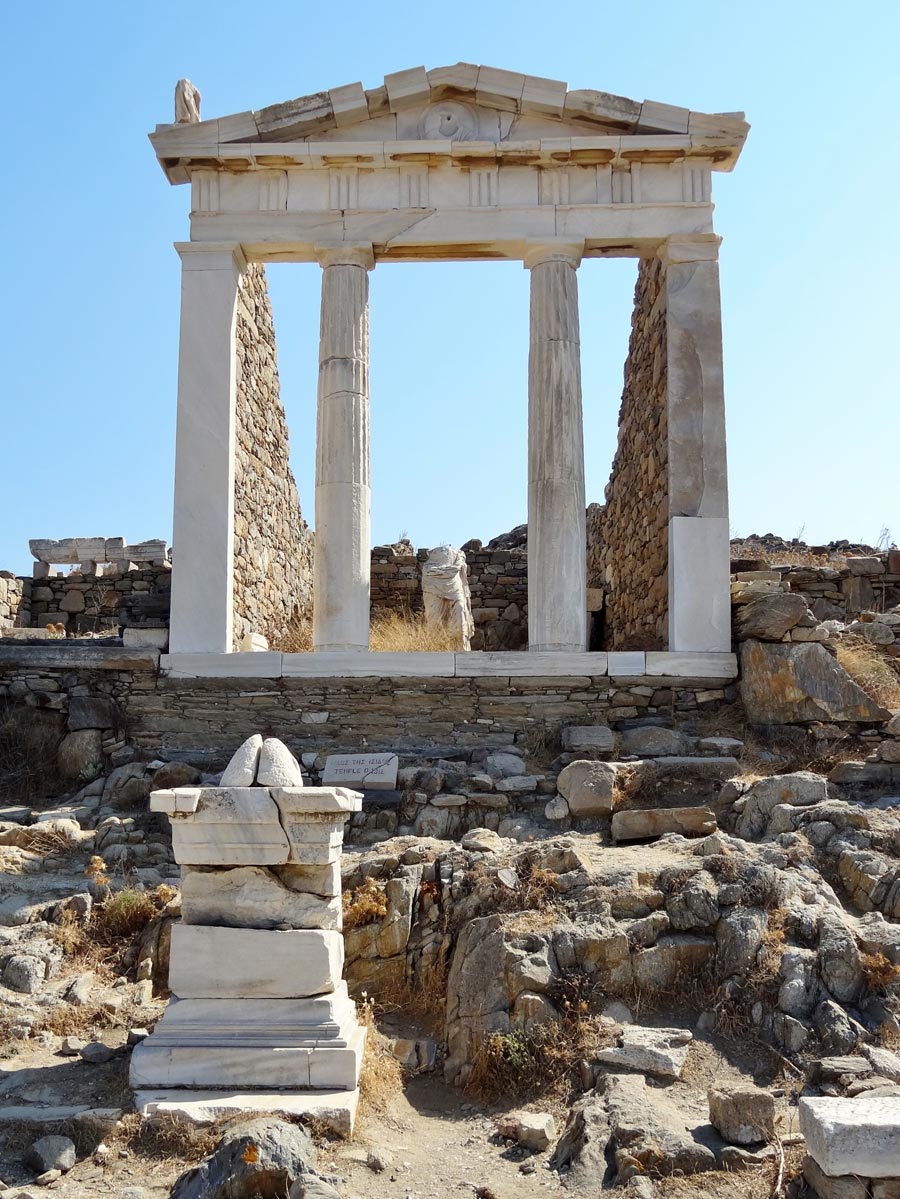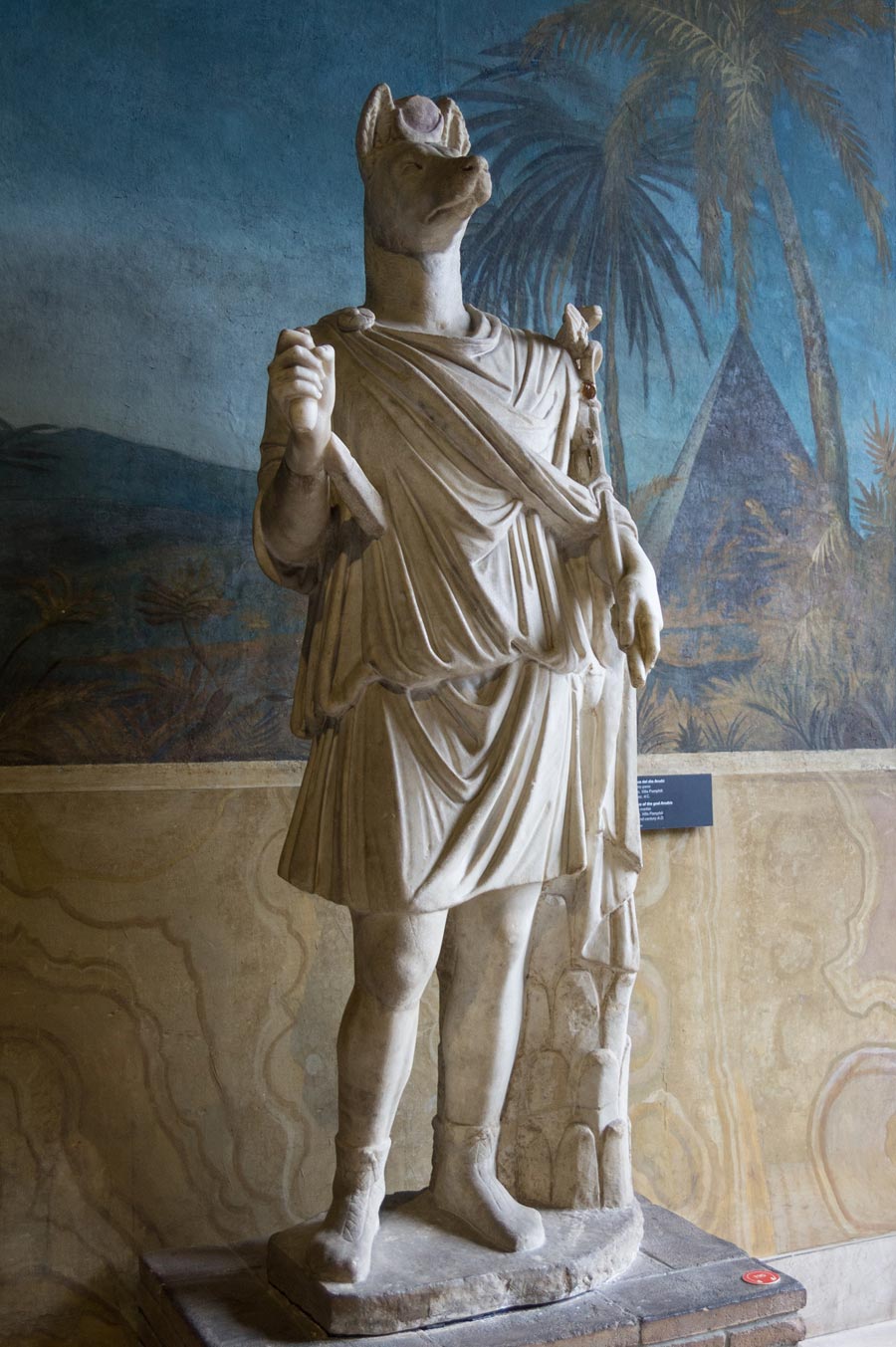Anubis in the Greek and Roman World

As Egypt became more involved in the wider Mediterranean world, the worship of its gods spread beyond its borders. Isis was the most popular Egyptian religious export, and she was often accompanied by Anubis, who added an especially exotic element to her cult.
The temple of Isis on the Greek island of Delos was the site of an Anubis cult, with many votive inscriptions to the god dating from the 2nd to 1st centuries BC. The worship of Anubis was a popular adjunct to the cult of Isis in Rome. Indeed, a Hellenized form of the god, called Hermanubis, made him more accessible to a non-Egyptian population.

Despite his sporadic popularity, Classical authors often saw the worship of Anubis as a sign of decadence. Josephus recounted the story of a Roman matron seduced by a priest disguised as Anubis, and the Roman emperor Commodus’s devotion to Anubis was cited as a sign of his madness. Nevertheless, Roman emperors continued to worship Anubis, as part of the Isis cult, into the 4th century AD.




